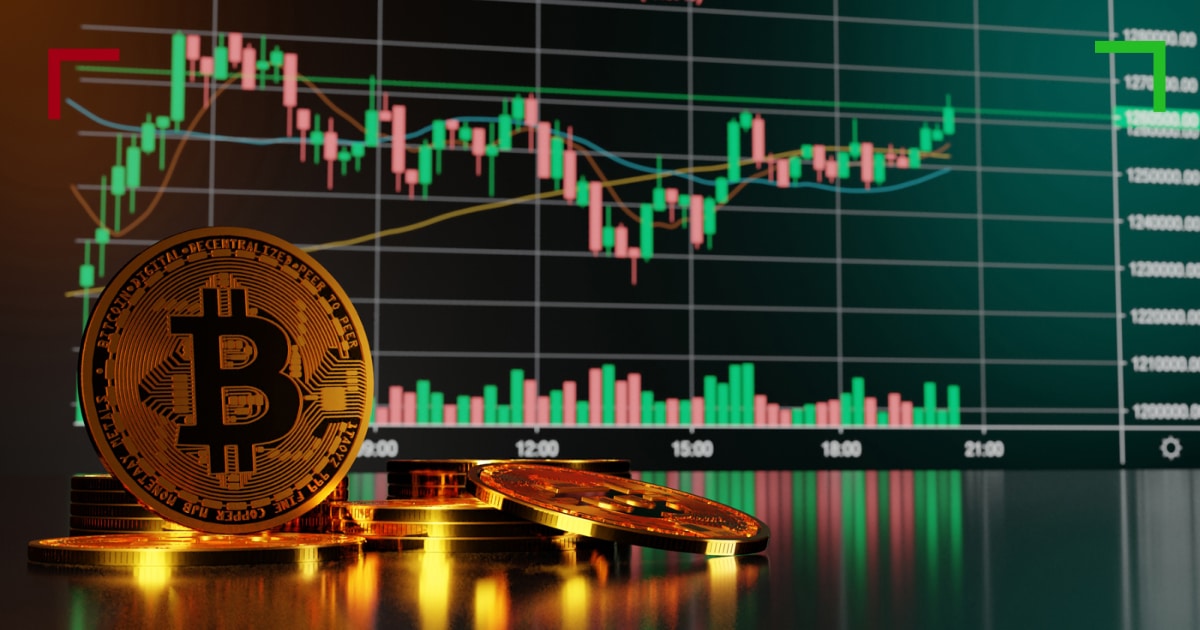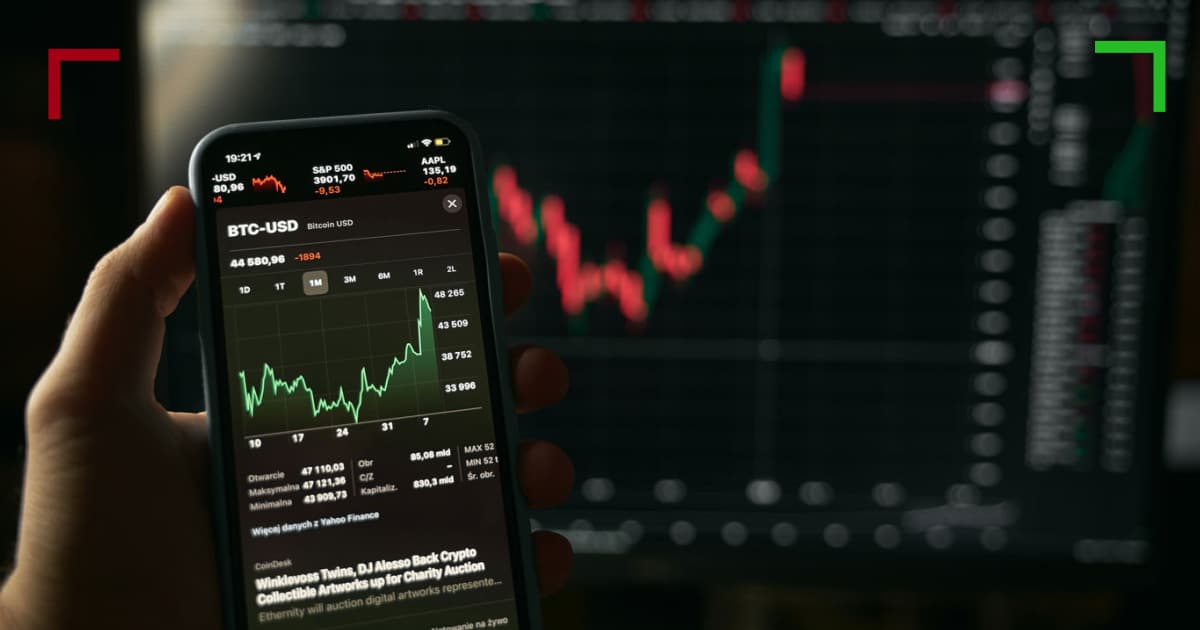
Exploring Crypto Trading Order Types
In the world of cryptocurrency trading, mastering the various Crypto Trading Order Types https://www.wallstreet-online.de/diskussion/500-beitraege/904470-1-500/biophan-die-fakten is crucial for success. Different types of orders allow traders to execute trades in ways that best fit their strategies and market conditions. This article will delve into the main order types, their mechanics, and how they can be effectively utilized in trading.
1. Market Orders
Market orders are the simplest type of order in crypto trading. When a trader places a market order, they are instructing the exchange to buy or sell a cryptocurrency at the best available price. Market orders are executed immediately, ensuring that the transaction is completed quickly.
Advantages:
- Immediate execution.
- Simple to understand and use.
Disadvantages:
- Price slippage can occur, especially in highly volatile markets.
- Less control over the execution price.

2. Limit Orders
A limit order allows the trader to set a specific price at which they want to buy or sell a cryptocurrency. The order will only be executed if the market reaches this price, thereby offering more control compared to market orders.
Advantages:
- Control over the price at which a trade is executed.
- No slippage issues.
Disadvantages:
- No guarantee of execution if the market doesn’t reach the specified price.
- Potential for missed opportunities in rapidly moving markets.
3. Stop Orders

Stop orders are triggered when the price of a cryptocurrency hits a specified level. There are two main types: stop-loss orders and stop-limit orders. A stop-loss order automatically converts to a market order once the stop price is reached, while a stop-limit order becomes a limit order at the specified limit price once triggered.
Advantages:
- Useful for limiting losses in a rapidly changing market.
- Can help manage risk effectively.
Disadvantages:
- Increased risk of slippage with stop-loss market orders.
- Market conditions can make reaching the stop level unpredictable.
4. Stop-Limit Orders
Combining elements of both stop orders and limit orders, stop-limit orders allow traders to set a stop price and a limit price. Once the stop price is reached, the order becomes a limit order rather than a market order, providing the control of a limit order with the mechanism of a stop order.
Advantages:
- Greater control over execution price compared to regular stop orders.
- Traders can avoid the pitfalls of slippage.
Disadvantages:
- No guarantee that the limit order will be filled.
- More complex to manage and set up.
5. Fill or Kill Orders
A fill or kill (FOK) order mandates that the entire order must be executed immediately and at the specified price or better. If the whole order cannot be filled at that moment, the entire order is cancelled. This order type is common among traders dealing with large volumes.
Advantages:
- Ensures that trades are completed at desired prices without partial fills.
- Useful for trading large quantities.
Disadvantages:
- Orders may be cancelled if there is insufficient liquidity.
- Less flexibility in volatile markets.
6. Immediate or Cancel Orders
Similar to fill or kill orders, immediate or cancel (IOC) orders require that any part of the order that can be filled immediately will be executed, while the remainder is cancelled. This provides some level of flexibility while still requiring fast action.
Advantages:
- Partially filled orders can still provide some benefits.
- Good for trading in fast-moving markets.
Disadvantages:
- Partial fills may not meet a trader’s goals.
- More difficult to manage trades effectively.
Conclusion
Understanding the various crypto trading order types is essential for optimizing trading strategies. Each type of order serves a unique function and comes with its own advantages and disadvantages. Market orders provide immediate execution, while limit and stop orders allow traders to control their entry and exit points more precisely. Fill or kill and immediate or cancel orders add layers of strategy in high-volume trades.
Ultimately, the best approach to trading will depend on individual goals, risk tolerance, and market conditions. By mastering these different order types, traders can make informed decisions and improve their chances of success in the dynamic world of crypto trading.
